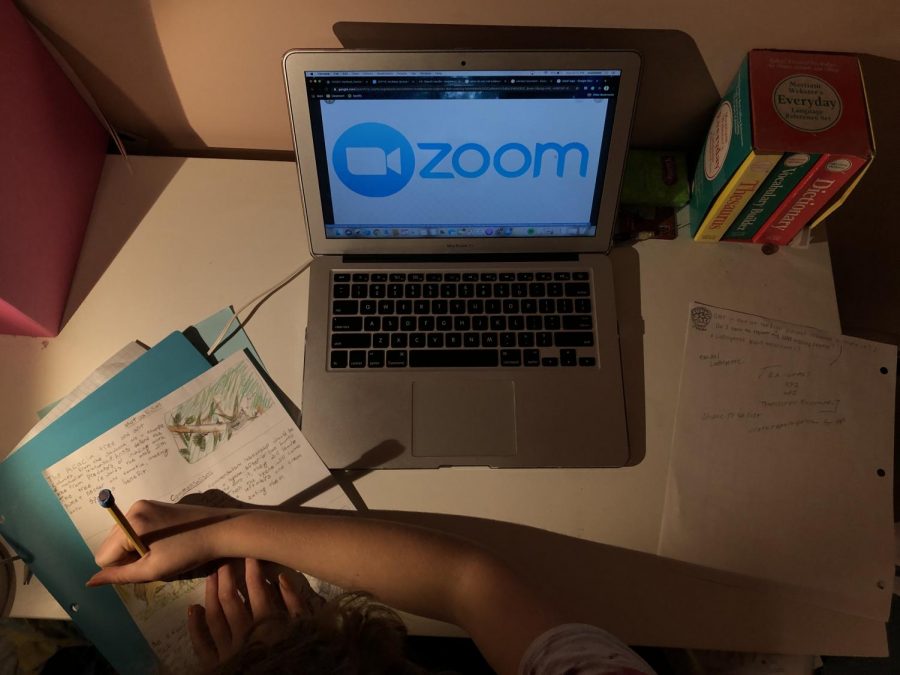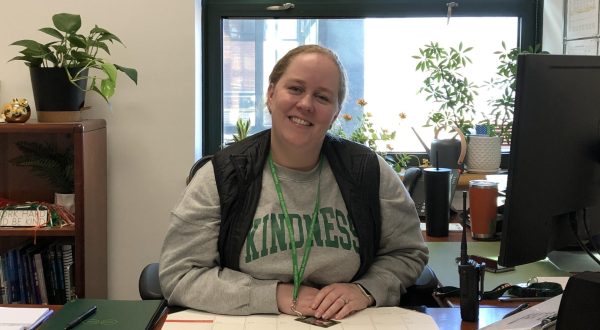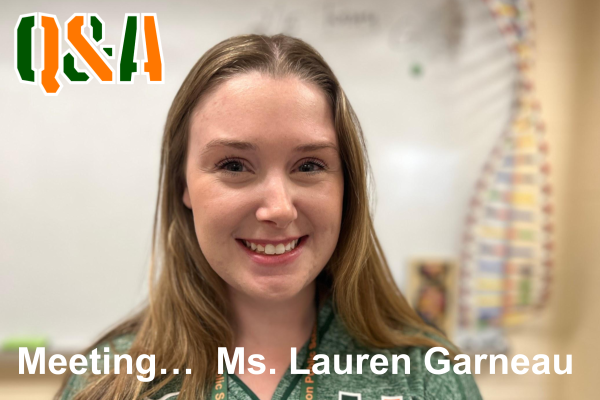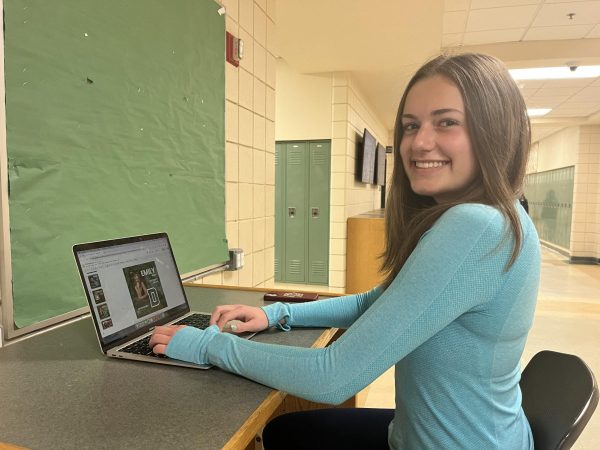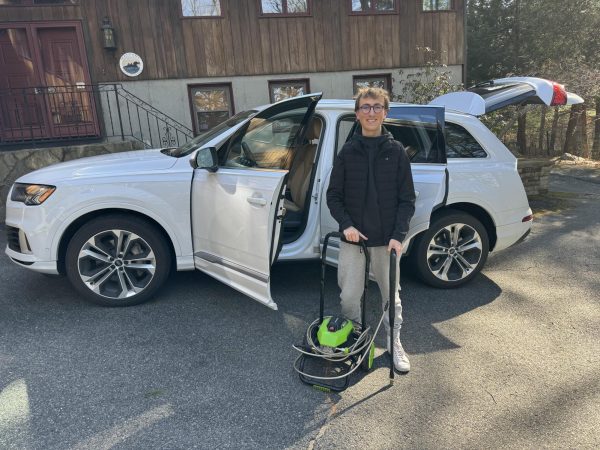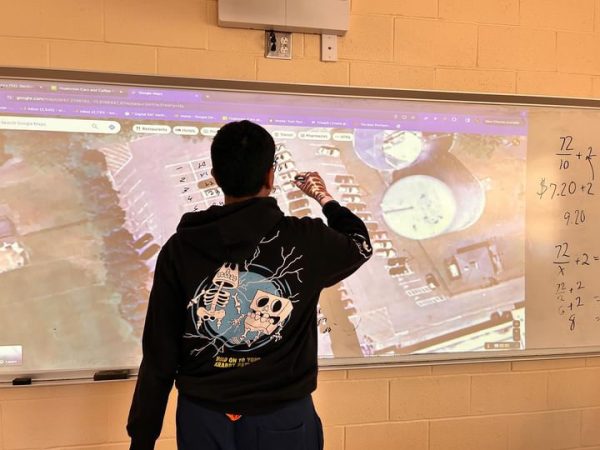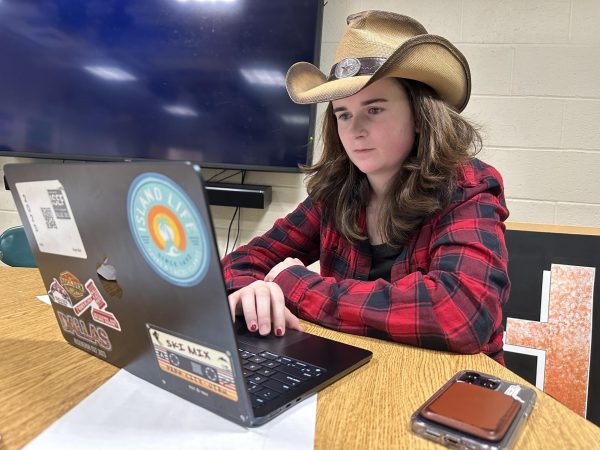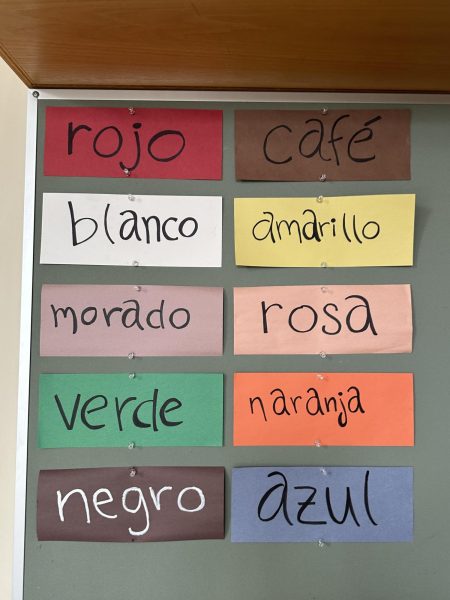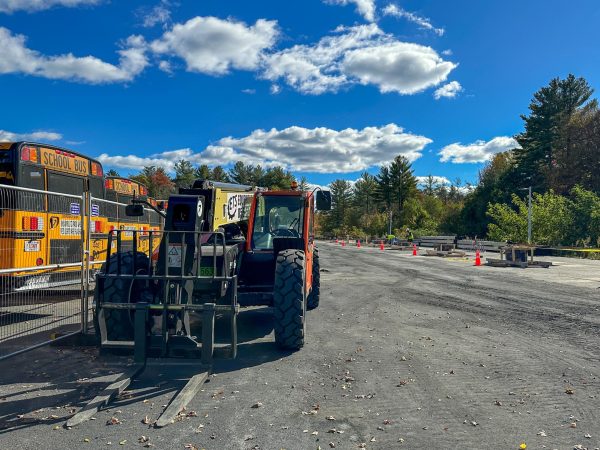Quarantining Students: Keeping Up With School From Home
As COVID-19 cases rise, an increasing number of students are being sent home
On “asynchronous” days, students are expected to set aside time each day to complete any schoolwork or assignments. Students in quarantine are expected to complete both their synchronous and asynchronous work while they are not in school.
As a rising number of students test positive for COVID-19 within the high school, a much larger number of students who were potentially exposed to the virus are also getting sent home to quarantine for two weeks.
However, these students are expected to keep up with in-school work and homework, so that they don’t fall behind in class.
These students, typically referred to as “close contacts,” have been previously exposed to someone who has COVID-19, whether it’s a teacher, a friend, a classmate, or even a random person they sat next to at lunch one day.
The Hopkinton schools have been closely monitoring students’ whereabouts within the school in order to successfully contact trace and alert the community about possible close contacts who have the ability to spread the disease.
According to principal Evan Bishop, at least four students in the high school have come to school while also testing positive for the virus, thus exposing and putting other members of the school at risk of contracting the disease.
When close contact students are sent home, they must quarantine for at least 2 weeks. However, these students are expected to stay on top of their schoolwork.
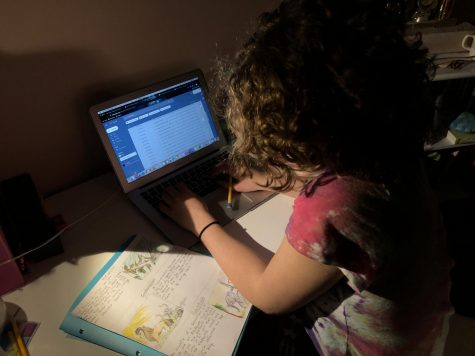
Many of these students, including senior Jessica Franks, are responsible for teaching themselves the same amount of information they normally would have learned if they were in school.
“Students are expected to stay up with their classwork, although it’s much harder to do with no in-class time and the expectation to teach yourself all of the material,” said Franks.
Although quarantine frees up many students’ time, it’s difficult for students to stay focused and complete all of their assignments outside of school on time.
“Personally, I fell behind on a lot of my assignments, and I’m still working on catching up with some of my classes, especially my AP classes who tend to load on lots of work,” said Franks.
Franks began her quarantine on October 19th and was officially allowed out of isolation after the 31st.
“Some of my teachers were more flexible with due dates, especially for quizzes and tests. However, some were much strict and expect all my work to be turned in on the day it was due for all the other students,” said Franks.
Psychology teacher Jennifer Griffey is one of the many teachers who have tried their best to accommodate their quarantining students.
“Recently, I’ve seen a lot of kids missing from class and I give them extra time to complete tests. However, I expect my students in quarantine to stay up to date on notetaking and ask them to connect with a classmate for any class notes,” said Griffey.
“[Our teathers] are working longer hours and harder than ever before. They are doing their very best and in my opinion, are doing an amazing job given the circumstances,” Evan Bishop reminds students.
All students are still advised to practice social distancing and avoid social gatherings both in and outside of school.

